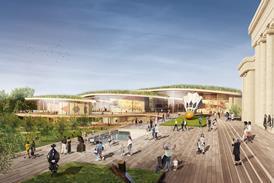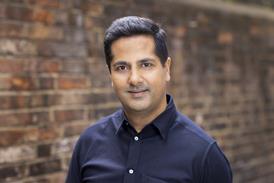- Home
- Intelligence for Architects
- Subscribe
- Jobs
- Events

2025 events calendar Explore now 
Keep up to date
Find out more
- Programmes
- CPD
- More from navigation items
What lies ahead for architecture in 2025?

From rethinking housing policy and urban wellbeing to advancing sustainability and overcoming talent shortages, these comment pieces explore the ideas and priorities that will confront architects in the year ahead
As 2025 begins, the architectural profession faces on-going economic challenges, the pressure to meet sustainability goals, and the urgent need for talent. This collection of comment pieces explores the challenges and opportunities that will define the year ahead.
Housing policy, argues Martyn Evans, must shift its focus from numerical targets to delivering homes that genuinely address the needs of key workers and low-income families. He highlights the importance of affordability and quality, and calls for greater collaboration between the public and private sectors to meet these pressing challenges.
…
This content is available to registered users | Already registered?Login here
You are not currently logged in.
To continue reading this story, sign up for free guest access
Existing Subscriber? LOGIN
REGISTER for free access on selected stories and sign up for email alerts. You get:
- Up to the minute architecture news from around the UK
- Breaking, daily and weekly e-newsletters
Subscribe to Building Design and you will benefit from:

- Unlimited news
- Reviews of the latest buildings from all corners of the world
- Technical studies
- Full access to all our online archives
- PLUS you will receive a digital copy of WA100 worth over £45
Subscribe now for unlimited access.






